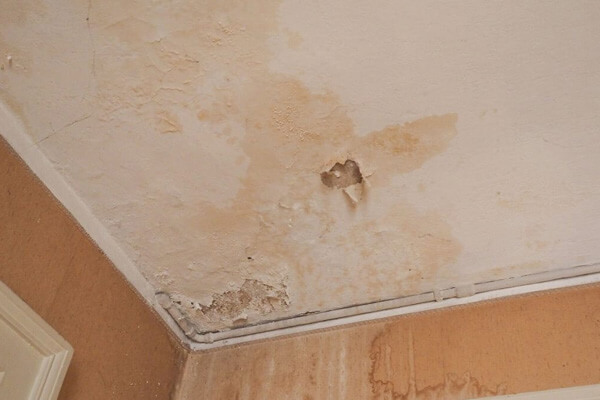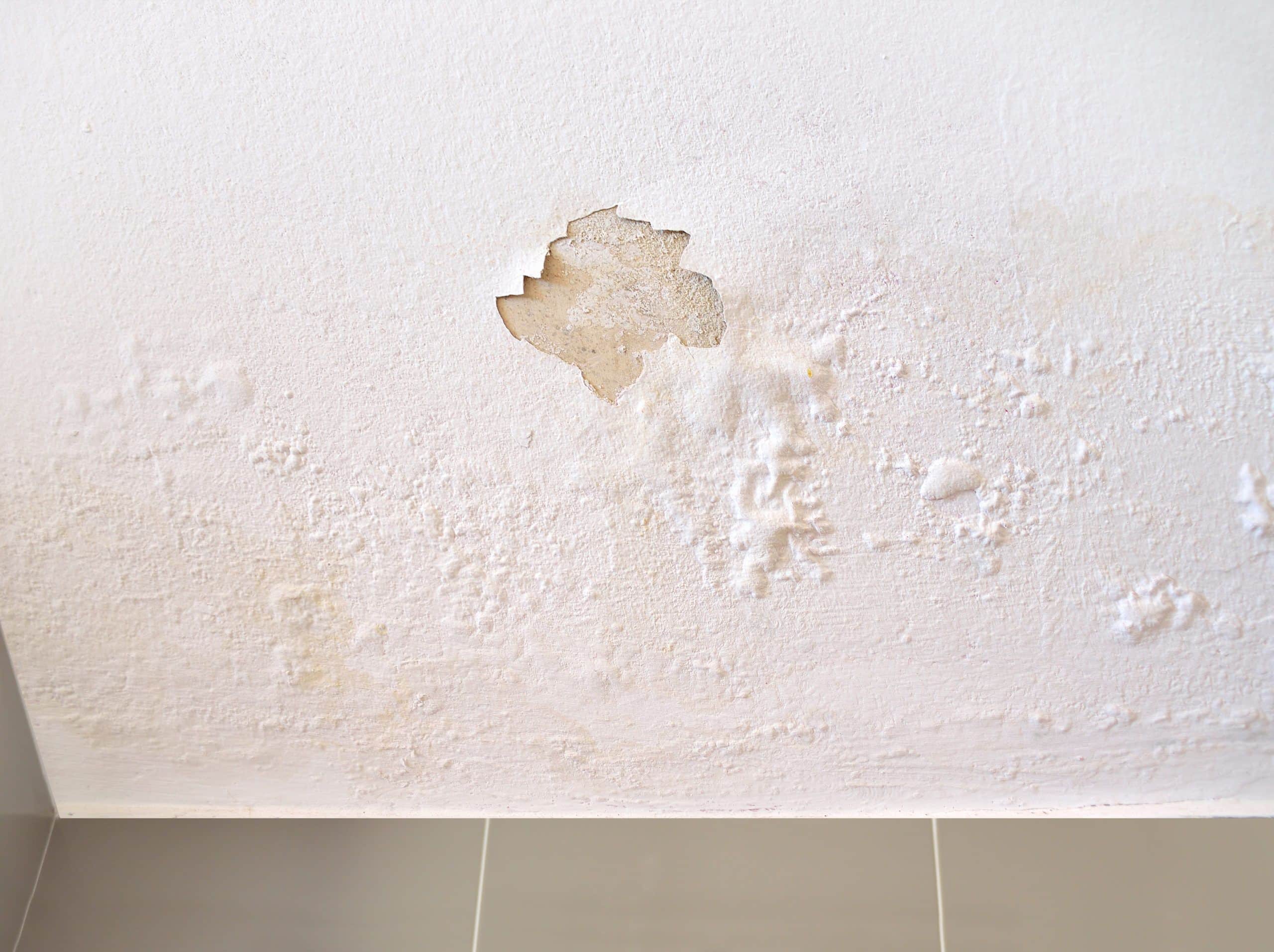Just about everyone has got their unique piece of advice with regards to How to Remove Water Stains from Walls and Ceilings.

Water discolorations on walls are not enjoyable to the eyes. Your house ought to lack discolorations on the walls, roofing system, or floorings. That is the excellent state of a home and its structures. Yet, occasionally it appears virtually inescapable to experience water spots on walls in residences.
Homeowners living in moist areas regularly deal with the worry of water stains on wall surfaces. With well-shaped as well as accurate info on the causes of water discolorations and also timely repair procedures, you will constantly be an action ahead of such events.
3 Typical Reasons For Water Stains on Wall Surfaces
As opposed to popular belief, water stains on wall surfaces do not always originate from bad building products. There are several sources of water spots on walls. These consist of:
Moist
When warm damp air meets with completely dry cold air, it creates water droplets to form on the wall surfaces of buildings. When there is heavy steam from cooking or showers, this takes place in restrooms and cooking areas. The water beads can discolor the bordering walls in these parts of your home and also infect other locations.
Wet or condensation affects the roofing system as well as wall surfaces of structures. When the wall surface is damp, it creates a suitable atmosphere for the development of fungi and microorganisms.
Poor Drain
This will avoid water from leaking right into the wall surfaces. This web links to too much moisture that you discover on the walls of your building.
The leading reason of damp wall surfaces, in this instance, can be a bad drain system. It can likewise result from poor administration of sewer pipelines that go through the building.
Pipe Leaks
Many homes have a network of water pipes within the wall surfaces. It constantly boosts the practicality of such pipes, as there is little oxygen within the walls.
Yet, a downside to this is that water leak impacts the walls of the building and also causes widespread damages. An indicator of defective pipes is the look of a water tarnish on the wall.
Pro Tip
A houseplant in your house likewise increases its moisture. If the home is currently damp, you might want to present houseplants with very little transpiration. An instance of appropriate houseplants is succulents.
Water Discolorations on Wall Surface: Repair Tips
When dealing with water spots, house owners would generally want a fast repair. They would quickly realize this is detrimental as the water stains repeat. So, below are a few handy suggestions that will certainly assist you in the fixing of water spots on wall surfaces:
Final thought
No one wants to have water spots on walls in their house, it can occur to the finest of us. This write-up offers you utilize, as you now know exactly how to handle this incident if it does happen.
It is constantly best to hire expert services to assist deal with the problems in your house.
Occasionally it appears virtually inevitable to experience water stains on wall surfaces in residences.
In contrast to preferred idea, water discolorations on wall surfaces do not constantly stem from bad building materials. There are several causes of water discolorations on wall surfaces. The water beads can discolor the bordering walls in these parts of your home and also spread to various other locations.
Right here are a few practical ideas that will direct you in the repair of water stains on wall surfaces:
CHECKING FOR WATER DAMAGE
Water damage can be costly, and it may begin before you even notice the first signs of trouble. Water damage can cause mold and mildew in your walls and floors, which can create an abundance of health concerns for your family. It can also lead to costly repairs of various appliances and general home fixtures. To avoid the pricey consequences of water damage, here are Warner Service’s top 5 places you should check:
The walls – The easiest place to spot the beginnings of water damage is on the walls and ceilings of your home. If water damage is present, there will most likely be water stains, especially around the windows and doorframes, and/or cracks in the drywall. If a stain looks unusual (discolored to brown, black or gray, raised texture), has a swollen appearance or is soft to the touch, contact a professional immediately. The pipes – To avoid water damage, consistently check the pipes in your kitchen (especially the dishwasher and ice maker), bathrooms, laundry room (specifically washing machines) and basement for corrosion, leaks and water stains. Pay special attention to where the pipes connect in your home and the location of caulking around the bathroom fixtures, including toilets, sinks, showers and tubs. Missing or loose caulking and grout could be signs of leaking water. This seepage can also quickly cause mold and rust, so double check your water heater and tank for wet spots on the floor. The floor – Water damage is very easy to spot on the floor. Look for any warping or buckling of the material, especially in the basement. If your home has wood flooring, look for bright white or dark stains. If your home has carpeting, keep it dry and clean. A damp carpet that smells of mold could cause water damage and health problems. To avoid this, consider installing floor pans under your appliances to help prevent damages from small, slow and undetected leaks. The basement and attic – If your basement or attic smells odd check for mold and mildew around the area, especially the valley where the roof meets. While you are inspecting those areas, check for wall cracks, floor stains, rust and dampness in the insulation. If you live in a colder and/or rainier climate, perform routine checks for water damage from melting snow or ice and rain. The exterior – Check the roof for damaged flashing and missing, cracked or curled shingles. There should also be no standing water anywhere outside your home. This could be caused by puddles, leaky rain gutters or hoses, poor drainage, or short gutter spouts. Invest in a sump pump system or water flow monitoring system, and perform routine maintenance on these outdoor appliances to avoid indoor water damage.

Hopefully you enjoyed our excerpt about . Thanks a ton for taking a few minutes to browse our article. Feel free to take a moment to promote this content if you appreciated it. Thanks a lot for taking the time to read it.
Guaranteed satisfaction offered.